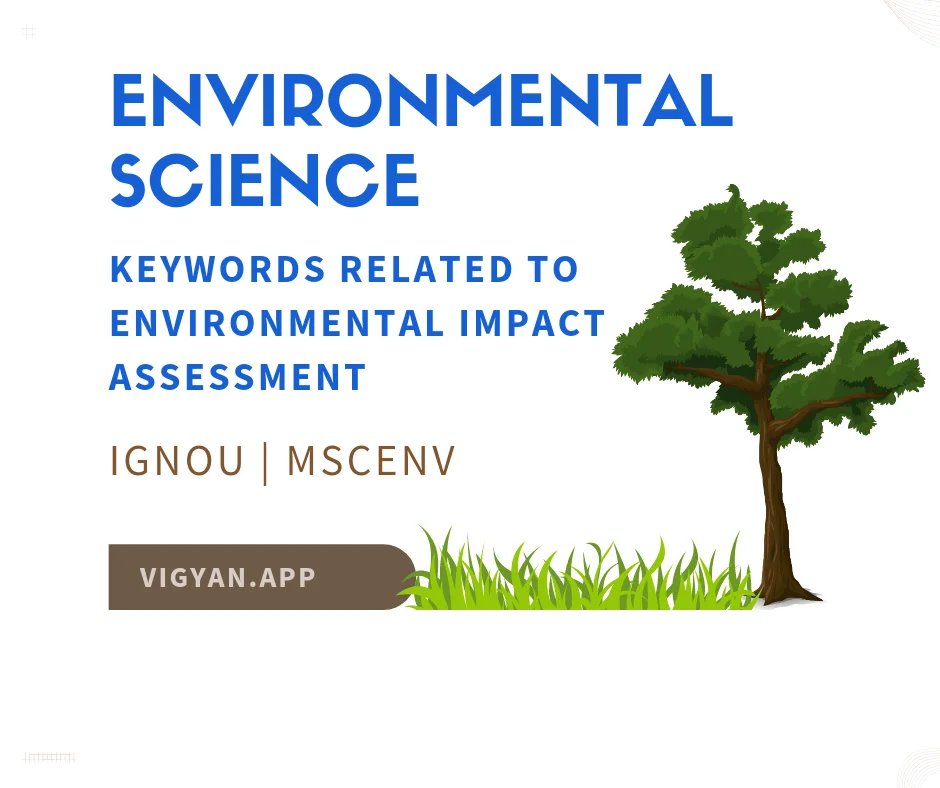Q. Write down the process of land disposal of hazardous waste.
Ans.: The land disposal of hazardous waste is part of the age-old practice. Dumping of hazardous waste on land have shown its impacts in the long run. Just like any other method, it has its own downsides. Land disposal techniques include landfills, surface impoundments and deep well injections.
Environmental Pollution Control and Management

- Landfills: The Central Pollution Control Board of India has specified guidelines for construction of landfill sites for hazardous waste. Some important precautions while making a landfill include that the site should be lined with thick layers of resistant material to avoid any ground water contamination through leachate. The leachate produced should be collected regularly and treated, the emission of gases from the site should be taken care of in a scientific manner and regular environmental monitoring systems should be there, around the site. Even when all the regulations are followed the land cannot be used for any other purpose long after the site is abandoned.
- Surface impoundments: These are open excavated or diked areas for storage of liquid hazardous waste. They are a sort of temporary arrangement before the waste finally makes it to the landfill site. As the impoundments are open, the waste is accessible, and is used for treatment methods like precipitation, sedimentation and biodegradation. Because of its temporary nature and poor siting, they can be a source of ground- water contamination.
- Underground Injection: It involves injection of wastewater deep under the ground where it is beyond the reach of contamination of ground water. They are generally more than 700m below the surface. Even then they have leakage problem and hence are not considered completely safe.

You May Also Read : Hazardous Waste
